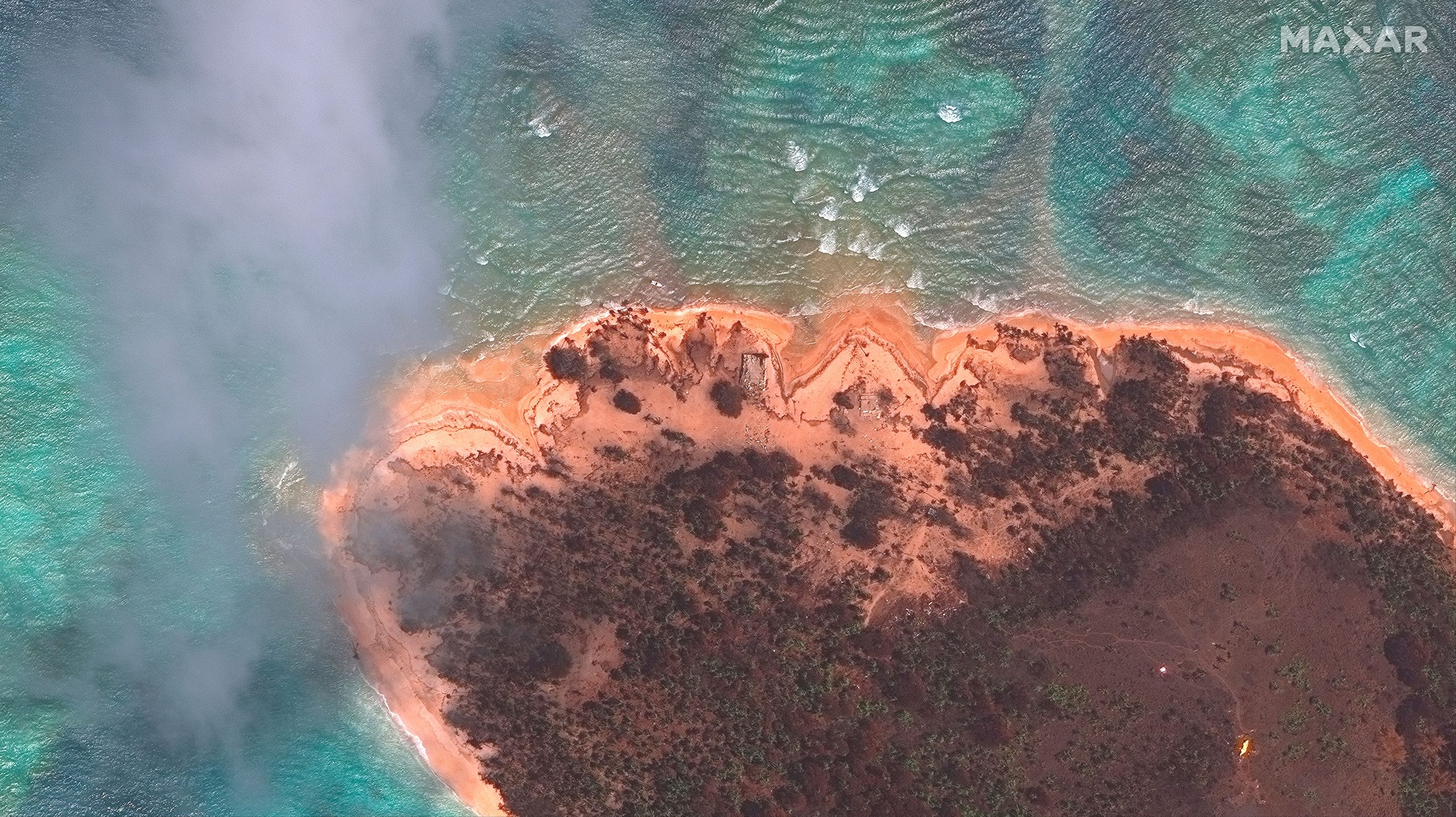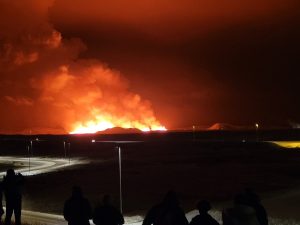Tonga, a small island country near New Zealand, experienced the devastating aftermath of an underwater volcanic explosion. The recent natural disaster was “hundreds of times” more powerful than the atomic bomb dropped on Japan’s Hiroshima, a senior NASA official said.
NASA’s Goddard Space Flight Center’s chief scientist Jim Garvin told CNN that the eruption released ”
hundreds of times the equivalent mechanical energy of the Hiroshima nuclear explosion.” The Hunga-Tonga-Hunga-Ha’apai volcano erupted on January 15, 2022.
Also Read: Elon Musk offers Starlink internet to volcano-hit Tonga
While citing the preliminary estimates, Garvin said that the amount of energy from the volcanic eruption was equal to an explosion caused by 4-18 megatons of TNT, CNN reported.
Volcanic material erupted on January 14 went as high as 40 kilometers into the atmosphere and triggered severe tsunami waves that were roughly 49 feet high.
Tonga’s Prime Minister said in a statement that the cloud spewed from the volcano can cover all of the 170 islands of the country, impacting over 100,000 residents.
Three of Tonga’s smaller islands suffered serious damage from tsunami waves. The majority of Tongans live on the main island of Tongatapu, where about 50 homes were destroyed and coastlines strewn with debris.
Also See: In Pics: Tongans finally receive help, after volcano cuts off island nation
United Nations’ humanitarian officials reported that about 84,000 people — 80% of Tonga’s population — have been impacted by the eruption.
On Saturday, the Japanese government said a Self-Defense Forces C-130 aircraft arrived in Tonga with three tons of drinking water. That followed a Japanese military flight on Friday. Another plane is scheduled to depart Sunday, carrying equipment for the ash cleanup, the Defense Ministry said, according to reports from Associated Press.
Clean water was a priority because supplies have been disrupted by layers of volcanic ash and saltwater. Red Cross teams on the ground reported widespread stagnant pools of saltwater that were dumped by the tsunami, polluting the clean drinking water sources of tens of thousands of people.







